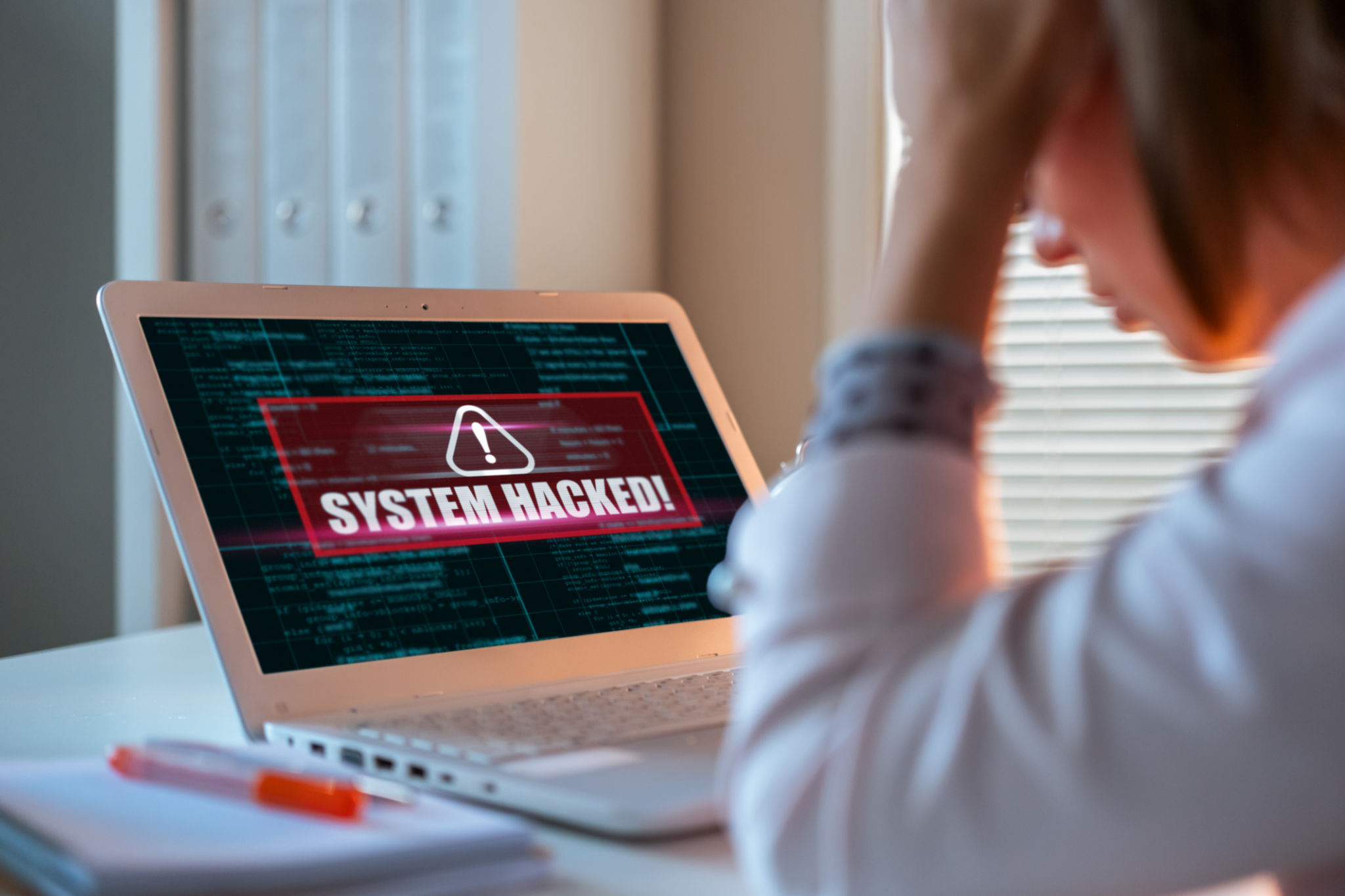Understanding Crypto Theft: How to Protect Your Digital Assets
Understanding Crypto Theft: How to Protect Your Digital Assets
In the ever-evolving world of digital finance, cryptocurrencies have emerged as a revolutionary form of currency. However, as the popularity of cryptocurrencies like Bitcoin and Ethereum grows, so does the threat of crypto theft. Understanding how these thefts occur and learning how to protect your digital assets is crucial for anyone involved in the crypto market.

The Basics of Crypto Theft
Crypto theft involves the unauthorized access and stealing of digital assets stored in a cryptocurrency wallet. Unlike traditional banking, cryptocurrencies rely on blockchain technology, which is decentralized and lacks a central authority to oversee transactions. This decentralization offers both advantages and challenges, particularly when it comes to security.
One common method of crypto theft is through phishing attacks, where hackers trick users into revealing their private keys or seed phrases. These keys are crucial as they grant access to your cryptocurrency holdings. Once a thief has access to these keys, they can easily transfer funds out of your wallet.
Common Tactics Used by Cybercriminals
Cybercriminals employ various tactics to steal cryptocurrencies. Some of the most prevalent methods include:
- Phishing Scams: Fake emails or websites that mimic legitimate crypto platforms to deceive users into entering sensitive information.
- Malware: Malicious software designed to infiltrate your device and steal private keys or passwords.
- SIM Swapping: A technique where hackers gain control of your phone number to bypass two-factor authentication.

Strategies to Safeguard Your Digital Assets
Protecting your digital assets requires a proactive approach. Here are some strategies to enhance your crypto security:
- Use Hardware Wallets: These physical devices store your private keys offline, making them less vulnerable to online attacks.
- Enable Two-Factor Authentication (2FA): Add an extra layer of security by requiring a second form of verification when accessing your accounts.
- Regularly Update Software: Keep your wallet and any connected apps updated to protect against vulnerabilities.
Staying Informed and Vigilant
Staying informed about the latest security threats and best practices is essential. Engage with reputable crypto communities and forums where enthusiasts share information about emerging scams and protection techniques. Additionally, scrutinize any unsolicited communications related to your crypto assets, as they might be phishing attempts.

The Role of Education in Crypto Security
Education plays a pivotal role in safeguarding digital assets. By understanding how cryptocurrencies work and the potential risks involved, users can make informed decisions. Many online platforms offer courses and resources on crypto security, helping both novice and experienced investors stay ahead of cyber threats.
In conclusion, while the world of cryptocurrency offers exciting opportunities, it also presents unique risks. By understanding how crypto theft occurs and implementing robust security measures, you can protect your digital assets from potential threats. Stay informed, stay secure, and embrace the future of finance with confidence.
